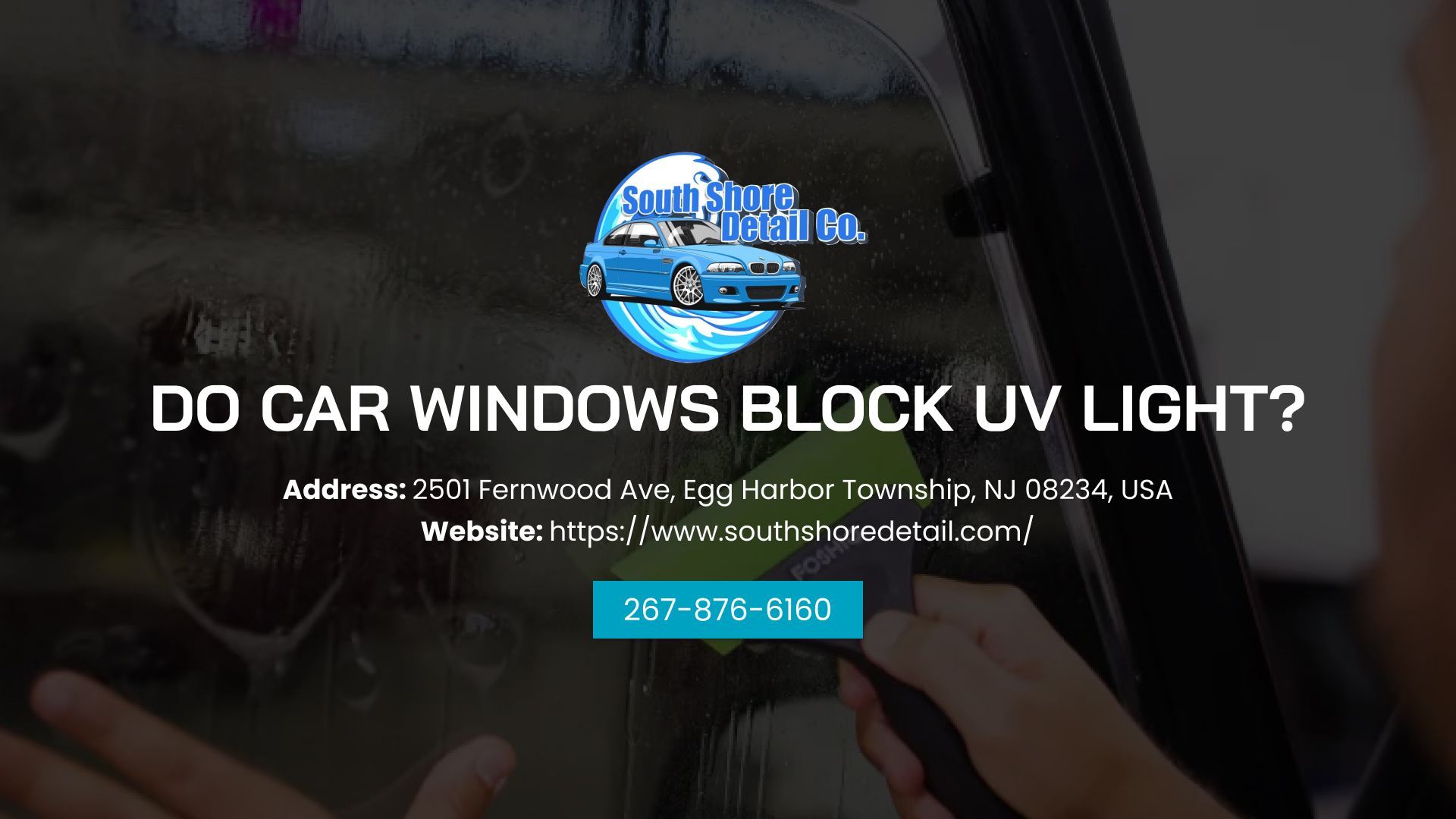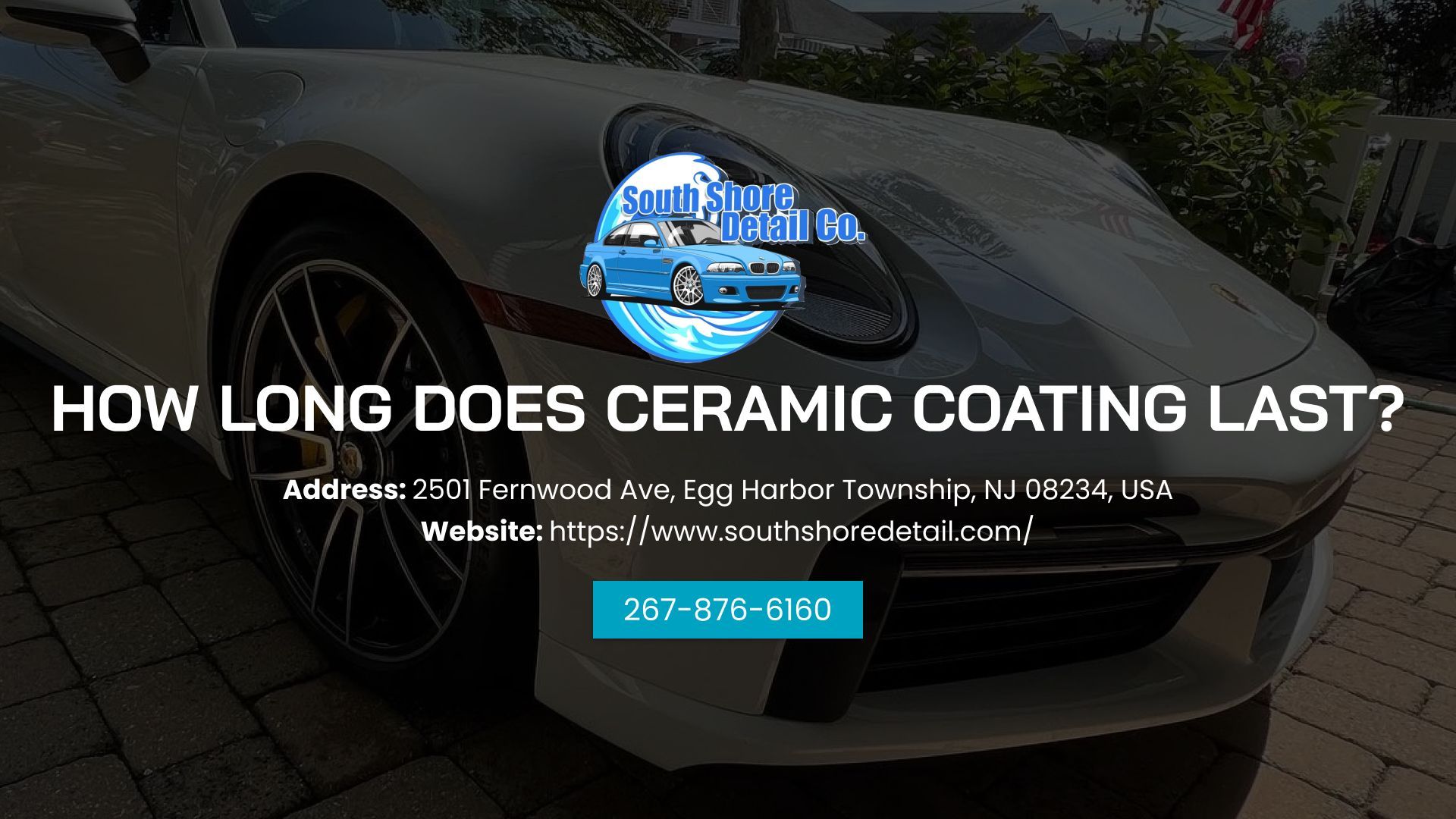Do Car Windows Block UV Light?

Car windows protect against weather, glare, and impacts. But how well
do car windows block UV? This article explains the level of protection provided by standard car window glass and how window tinting adds stronger defense for both skin and interiors.
Key Takeaways
- Windshields block 95–98% of UVB, while side and rear windows stop only 55–70% of UVA
- UVA and UVB rays damage skin and interiors, causing fading, cracking, and aging
- Factory glass protection is limited, linked to a higher left-sided skin cancer risk
- Ceramic tint blocks 99%+ of UV rays, plus reduces heat and glare
- Tinting adds comfort, privacy, style, and resale value, with New Jersey laws applying
What Are Ultraviolet Rays And Their Effects?
Ultraviolet radiation includes UVA and UVB. UVA penetrates deeper into the skin, while UVB causes burns. Both damage the epidermis, fade upholstery, and weaken dashboard materials. Car interiors deteriorate faster when exposed to long-term solar radiation.
Do Car Windows Block UV Light?
Wondering do car windows block UV? Windshields block 95–98% of UVB, while side and rear windows stop only 55–70% of UVA. This partial protection still leaves drivers vulnerable to photodamage, premature aging, and skin cancer risks.
| Glass Type | UVA Protection | UVB Protection |
|---|---|---|
| Windshield | 95–98% | 95–98% |
| Side/Rear | 55–70% | 70–75% |
These numbers show that not all glass provides equal defense. So how much protection do standard car windows actually deliver in daily use?
How Much UV Protection Do Standard Car Windows Provide?
Factory glass offers limited defense. Most side windows allow UVA to pass through, raising risks of melanoma on the driver’s arms and face. Studies show left-sided skin cancer is more common in the United States.
How Automotive Window Tinting Blocks UV Rays
Automotive window tinting provides stronger UV protection. Dyed films reduce glare, metallic films reflect radiation, and ceramic films block over 99% of UVA and UVB. Ceramic tint delivers superior clarity, heat reduction, and long-term preservation of interior materials.
Comparing Window Film Types
Different window film technologies vary in UV rejection, heat reduction, and clarity. Here’s a side-by-side breakdown:
| Tint Type | UV Rejection | Heat Rejection | Clarity |
|---|---|---|---|
| Dyed | 80–90% | Low | Medium |
| Metallic | 90–95% | High | Medium |
| Ceramic | 99%+ | Highest | High |
Conclusion: Ceramic tint offers unmatched durability, visibility, and UV-blocking capacity compared with dyed or metallic films.
The Other Benefits Of Window Tinting
Beyond UV protection, window tinting also offers these benefits:
- Reduces cabin heat for greater driving comfort
- Cuts glare for clearer visibility and safer travel
- Increases privacy and security for passengers and belongings
- Preserves resale value by slowing fading, warping, and cracking in interiors
- Enhances exterior style while maintaining functional protection
Together, these advantages make tinting a practical upgrade that protects both health and vehicle value.
Choosing The Right Protection: A Buyer’s Essential Checklist
Choosing the right tint requires more than style. Use this checklist to ensure lasting protection and compliance.
- Verify UV rejection percentage (look for 99% or higher)
- Confirm warranty coverage on materials and installation
- Review state tint laws for legal compliance
- Evaluate installer expertise and certifications
Legal Considerations For Window Tinting
After checking performance factors, make sure the tint also follows state law. Every state sets rules on how dark car windows can be. These laws protect visibility and safety. Violations may lead to fines, removal, or failed inspections.
In New Jersey, passenger vehicle limits are:
- Windshield: Only the top 6 inches may be tinted
- Front side windows: No tint allowed
- Rear side and back windows: Any darkness permitted
- Reflective tint: Not allowed
- Mirrors: Dual side mirrors required if the rear window is tinted
Your Local Window Tint Installer
Looking for window tinting near me in Egg Harbor Township? South Shore Detail Co. offers UV-blocking films installed by trained professionals. All of our work complies with New Jersey tint laws and comes with warranty protection. Call today or book online for service you can trust.




